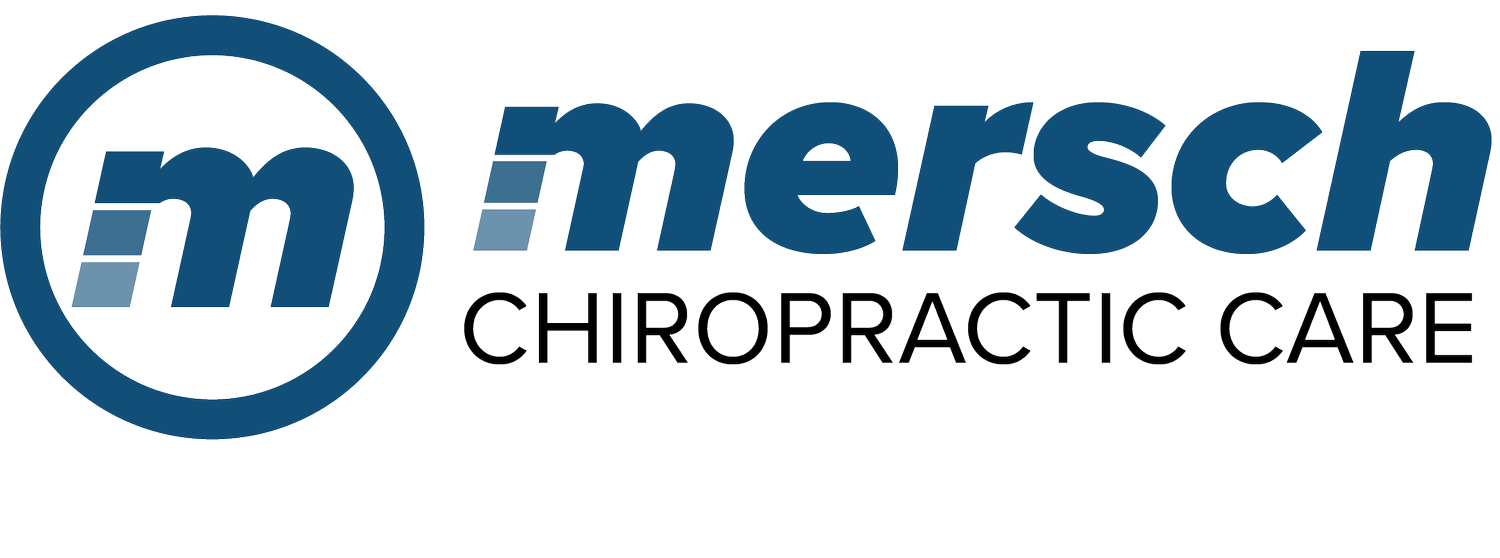Dry Needling: An Effective Technique for Musculoskeletal Relief
Dry Needling
In the realm of pain management, various techniques and treatments aim to alleviate discomfort and enhance overall well-being. One such technique that has gained popularity in recent years is dry needling. Despite its somewhat intimidating name, dry needling is a safe and effective therapeutic method that targets muscular trigger points to reduce pain and improve muscle function. In this blog, we will explore dry needling in simple terms and highlight its top three benefits.
What is Dry Needling?
Dry needling is a technique used by Dr. Mersch to address muscular pain and dysfunction. Unlike acupuncture, which originates from traditional Chinese medicine and focuses on energy pathways, dry needling focuses on musculoskeletal issues and neuroanatomy.
How Does Dry Needling Work?
During a dry needling session, Dr. Mersch, inserts thin, solid needles into specific trigger points in the muscles. These trigger points are tight knots or bands within the muscle fibers that can cause pain and restrict movement. By inserting the needle directly into the trigger point, Dr. Mersch aims to stimulate a twitch response, which leads to muscle relaxation and improved blood flow. This process helps reduce pain, release tension, and restore normal muscle function.
Top 3 Benefits of Dry Needling:
Pain Relief:
One of the most significant benefits of dry needling is its ability to provide effective pain relief. By targeting trigger points, the technique helps release tension and reduce muscle spasms, thereby alleviating pain. The twitch response triggered by the needle insertion also activates the body's natural pain modulation mechanisms, leading to further pain reduction. Dry needling has shown promising results in managing various conditions, including neck pain, lower back pain, shoulder pain, and headaches.
Improved Muscle Function and Flexibility:
Muscle tightness and imbalances can impair normal movement patterns and limit flexibility. Dry needling helps restore proper muscle function by releasing trigger points and relaxing tight muscles. This technique enhances muscle flexibility, joint range of motion, and overall mobility. By addressing underlying muscular issues, dry needling complements other rehabilitation exercises and promotes more efficient movement patterns.
Faster Recovery and Injury Prevention:
When muscles are overworked, injured, or stressed, they can develop trigger points, leading to pain and dysfunction. Dry needling not only aids in the recovery process by reducing pain and promoting muscle healing but also plays a crucial role in preventing future injuries. By addressing trigger points and imbalances, this technique helps optimize muscle function, improving the body's ability to withstand physical stress and reducing the likelihood of re-injury.
Conclusion:
Dry needling offers a valuable therapeutic approach to address muscular pain and dysfunction. With its ability to provide effective pain relief, improve muscle function and flexibility, and contribute to faster recovery and injury prevention, dry needling has become an increasingly popular technique. If you're experiencing musculoskeletal pain or seeking to enhance your overall well-being, consider contacting Mersch Chiropractic Care to determine whether dry needling is a suitable option for you.

